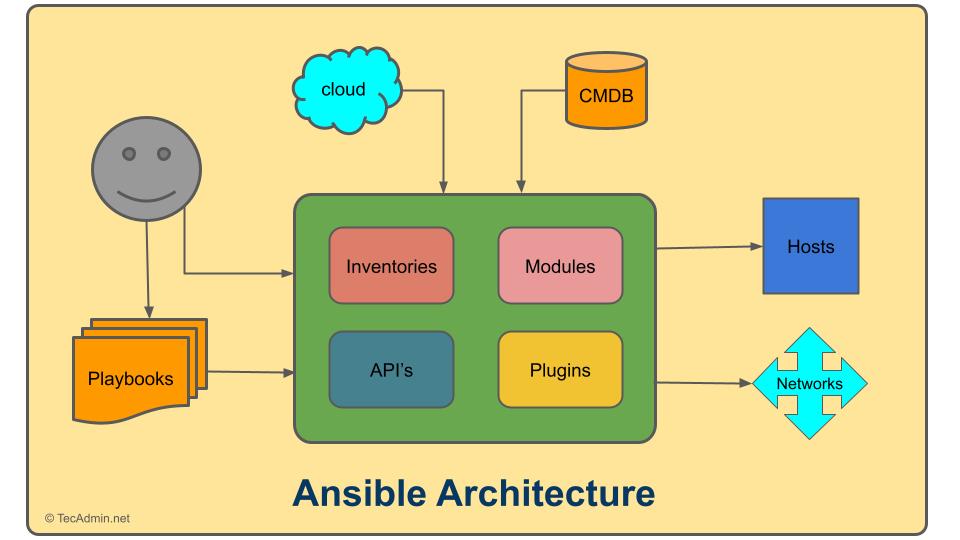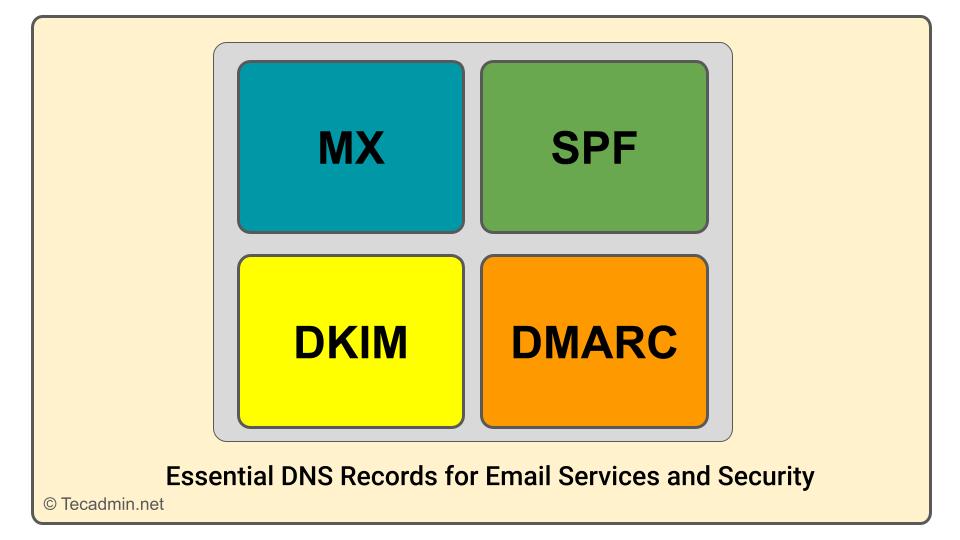In today’s IT infrastructure, ensuring that servers operate within their capacity limits is crucial for maintaining system health and performance. One of the key aspects of server management is memory utilization monitoring. High memory usage can lead to slower application response times, system instability, or even crashes. To address this, we introduce an efficient memory monitoring solution: a Bash script designed to trigger threshold alerts, seamlessly integrating with Nagios, a widely used monitoring tool. This script (https://github.com/tecrahul/nagios-plugins/blob/main/check_memory.sh) is a testament to the power of open-source collaboration. Inspired by the work available on our GitHub, this article expands upon the script’s…
Author: Rahul
Spring Boot is a powerful framework that simplifies the development of new Spring applications through sensible defaults. One of its many features is the embedded server that comes pre-configured, allowing developers to run applications out of the box. However, there might be situations where the default server port (usually 8080) conflicts with other applications or does not meet specific deployment requirements. This guide will walk you through the process of changing the default port in a Spring Boot application, ensuring your application runs smoothly on your desired port. Spring Boot’s Default Port Before diving into the customization, it’s essential to…
In terms of IT automation, Ansible stands out for its simplicity, versatility, and powerful capabilities. As organizations strive for efficiency and seamless IT operations, understanding the architecture of Ansible becomes crucial. This article dives deep into the core components, workflows, and architectural nuances of Ansible, providing a comprehensive guide to its architecture. Introduction to Ansible Ansible is an open-source automation tool that automates software provisioning, configuration management, and application deployment. Developed by Michael DeHaan and acquired by Red Hat in 2015, it has grown to become one of the most popular automation tools, thanks to its agentless architecture, simplicity in…
Before delving into the specifics of Docker Compose, it’s essential to understand what Docker volumes are and why they are necessary. Volumes are a mechanism to persist and share data between containers and between container and host. Unlike the ephemeral nature of containers, which lose all their data when they are stopped or deleted, volumes are designed to persist data independently of the container’s lifecycle. This is crucial for databases, logs, or any data that needs to survive beyond the life of a container. Why Use Docker Volumes in Docker Compose? Docker Compose simplifies the process of running multi-container Docker…
In the realm of email communication, the significance of DNS (Domain Name System) records cannot be overstressed. DNS records play a crucial role in ensuring that your emails not only reach their intended recipients without any hitches but also help in safeguarding your domain’s reputation. This comprehensive guide will walk you through the essential DNS records for email services, including how to configure them for optimal email delivery and security. Understanding DNS Records for Email There four key types of DNS records relevant to email services: MX, SPF, DKIM, and DMARC. The MX records direct email to the appropriate mail…
Apache Maven is an popular build automation tool used for the Java based applications. A more common issue that developers encounter is the error message “Invalid Target Release: 11”. Generally this error occurs when Maven is trying to compile code with specific Java version that may not be installed on your machine (in this case, Java 11). You should not worry more about it. It is a common issue practices by many users. This tutorial will help you to understand more about this issue and help you to resolve it easily. Understanding the Error The “Invalid Target Release: 11” error…
In the realm of Java programming, encountering errors and exceptions is a common part of the development process. Among these, the StackOverflowError stands out as a critical error that can perplex even seasoned developers. This article delves into the causes, diagnostics, and effective solutions for StackOverflowError in Java, aiming to arm developers with the knowledge needed to tackle this challenge, now with added examples to illustrate key points. Understanding StackOverflowError A StackOverflowError is a runtime error, indicating that the Java Virtual Machine (JVM) stack memory is exhausted. The JVM allocates a specific area of memory to each thread for executing…
Configuring the JAVA_HOME environment variable is a critical step for Java developers and applications running on Ubuntu. This variable points to the Java Development Kit (JDK) installation directory, enabling the operating system to locate the JDK executables. Here’s a comprehensive guide on how to correctly configure JAVA_HOME on Ubuntu. Step 1: Install Java Before setting JAVA_HOME, you need to have Java installed. You can install the default JDK package available in Ubuntu’s repository or a specific version of Oracle JDK or OpenJDK. Install Default JDK: Open a terminal and run the following command: sudo apt update sudo apt install default-jdk…
In the realm of Bash scripting, comparison operators play a crucial role in decision-making processes. Among these operators, the -ge operator stands out as a fundamental tool for comparing numeric values. This comprehensive guide aims to demystify the -ge operator, providing insights into its usage, examples, and best practices. What is the -ge Operator? In Bash, -ge stands for “greater than or equal to”. It is a binary operator that compares two numeric values. If the value on the left is greater than or equal to the value on the right, the operator returns a true (0) result; otherwise, it…
In the fast-paced world of web development, managing the timing of operations is crucial for creating efficient, user-friendly applications. Node.js, a powerful JavaScript runtime, provides several methods to control the execution flow through delays and timeouts. This guide will walk you through the essentials of implementing delays and timeouts in Node.js, ensuring your applications run smoothly and efficiently. Understanding Delays and Timeouts Before diving into the practical aspects, it’s important to understand what delays and timeouts are and why they are used in Node.js applications. Delays are used to pause the execution of code for a specified period. This can…


